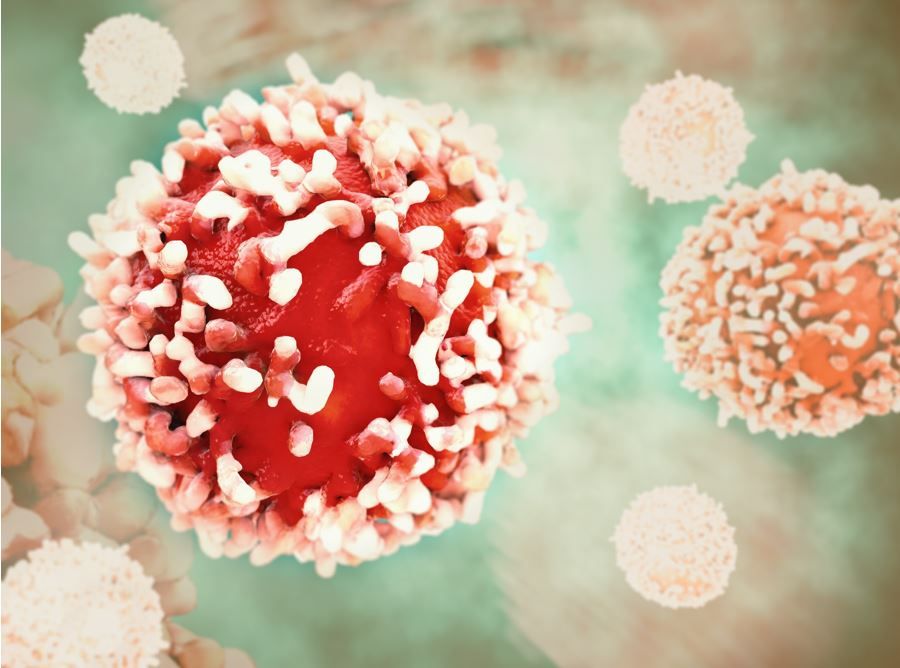Cancer Deaths Among Men Projected to Increase 93% Globally by 2050, According to New Data

There are substantial disparities in cancer cases and deaths among men, which are projected to widen by 2050, according to a new study published in the journal Cancer.
Australian researchers analyzed 30 cancer types among men in 2022 using global estimates in 185 countries/territories, and they estimated projections for 2050. In 2022 specifically, researchers observed a high mortality-to-incidence ratio (MIR)—an indicator for poor survival—among older men (aged 65 years and older; 61%) for rare types of cancer (eg, pancreatic cancer, 90.9%) and in countries with a low Human Development Index (HDI; 74%).
Between 2022 and 2050, cancer cases are projected to increase more than 84% (10.3 million to 19 million), while deaths are projected to increase by over 93% (5.4 million to 10.5 million), with a more than 2-fold increase among men aged 65 years and older and for low- and medium-HDI countries/territories (≥117% and ≥160%, respectively). In addition, cancer cases and deaths are projected to increase among working-age groups (aged 15 to 64 years; (≥39%) and very-high-HDI countries/territories (≥50%), according to the study.
“This study provides comprehensive evidence for understanding the existing disparities in cancer outcomes among men, thereby building a case for collective efforts to reduce inequalities and enhance cancer outcomes,” corresponding author Habtamu Mellie Bizuayehu, PhD, postdoctoral research fellow, faculty of medicine, The University of Queensland School of Public Health, Brisbane, Australia, and colleagues wrote in the study published online August 12, 2024.
According to Bizuayehu and coauthors, men have a higher prevalence of modifiable cancer risk factors, such as smoking and alcohol intake, leading to greater cancer incidence and lower survival rates. There are also no cancer-specific screening programs (eg, prostate or testicular cancer) for men like there are for women, and men participate less in shared screening programs, such as those for colorectal cancer.
In addition, men have more cancer cases that are attributable to occupational carcinogens than women, “emphasizing the need for comprehensive studies targeting men to enhance evidence-based cancer prevention, which is the focus of the current study,” researchers wrote.
Investigators used the 2022 Global Cancer Observatory (GLOBOCAN) estimates to examine the global burden of 30 types of cancer among men. The GLOBOCAN repository includes national-level estimates for cancer cases, deaths, and rates for each country/territory. MIRs were determined by dividing age-standardized mortality rates by incidence rates, according to the study.
Additional findings. There were an estimated 10.3 million cancer cases and 5.4 million cancer deaths among men globally in 2022, with nearly two-thirds of cases and deaths occurring among older adults (aged 65 years and older). In terms of cases and deaths, lung cancer was the most common cancer. The estimated global cancer MIR was 54.9% in 2022. Pancreatic cancer, liver cancer, and esophageal cancer had the highest MIR. Lung cancer is projected to remain the leading cancer type for both cases and deaths by 2050, with both increasing by more than 87% compared with the 2022 estimate.
“Further strengthening the quality and accessibility of health infrastructure; promoting universal health coverage following a human rights approach; addressing modifiable cancer risk factors, including occupational risk factors; funding research into male‐specific cancer screening programs worldwide; and fostering collaborative and multidisciplinary approaches between national and international stakeholders could be keys to improving equity in cancer outcomes,” researchers concluded. “These efforts would ultimately reduce disparities in cancer burden and ensure equity in cancer prevention and care for men across the globe.”
Reference: Bizuayehu HM, Dadi AF, Ahmed KY, et al. Burden of 30 cancers among men: Global statistics in 2022 and projections for 2050 using population-based estimates. Cancer. Published online August 12, 2024. doi:10.1002/cncr.35458